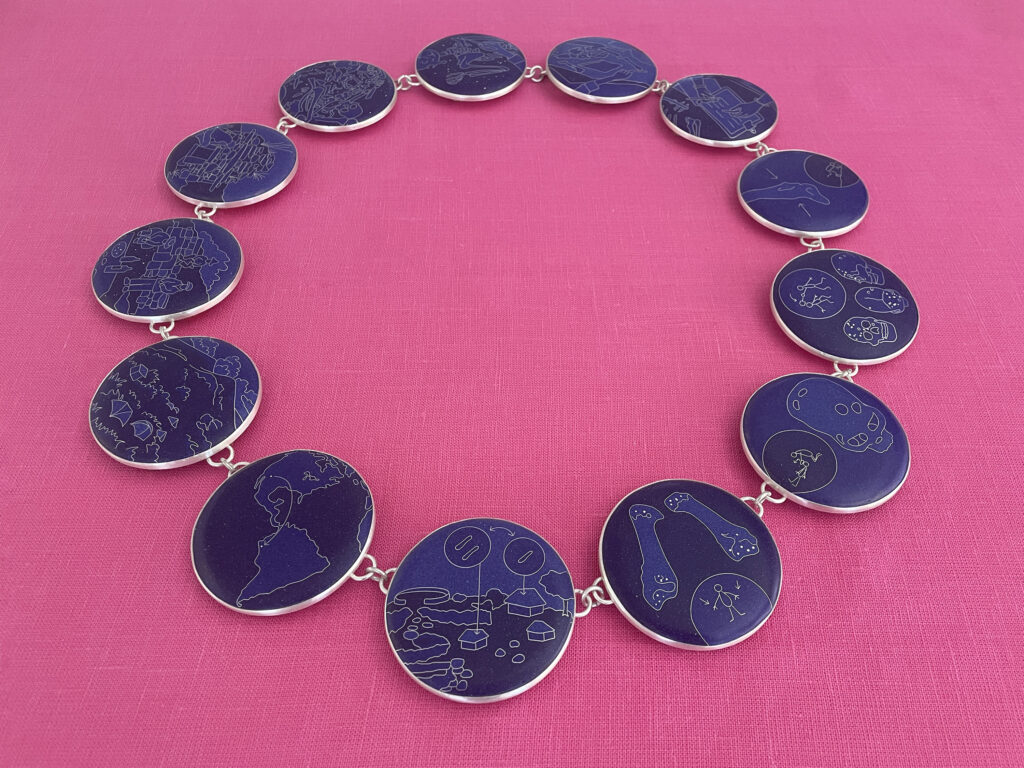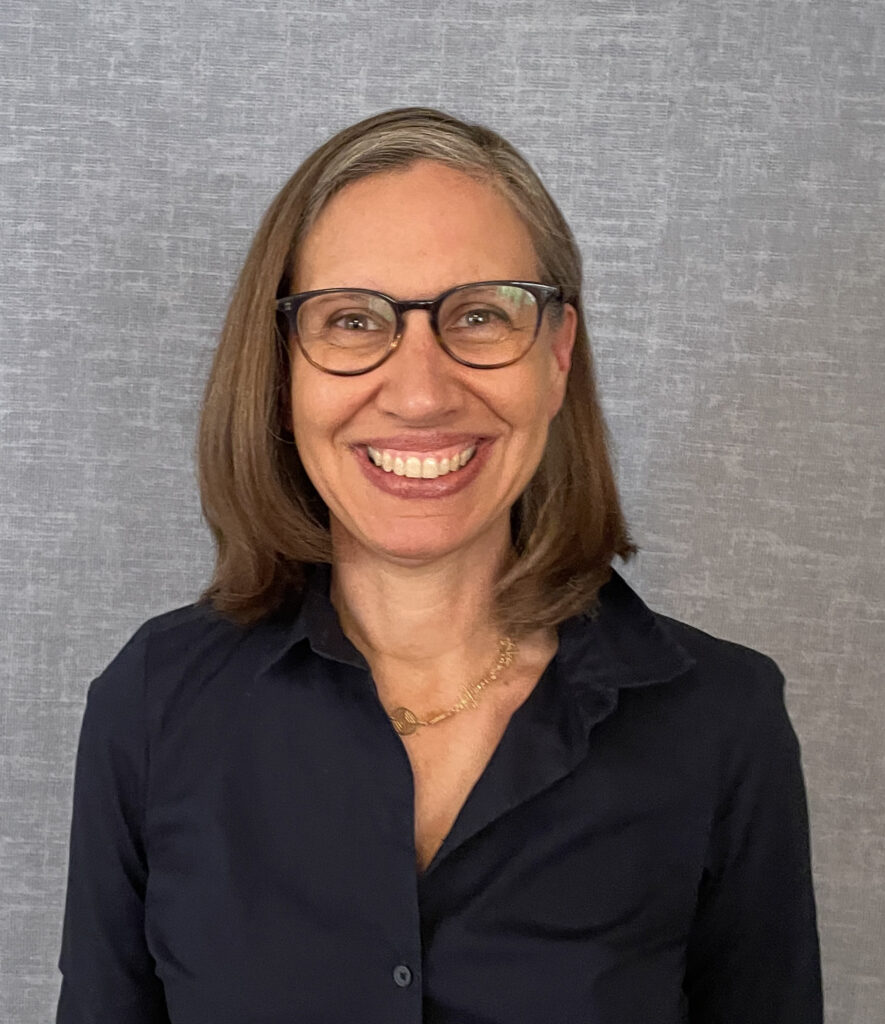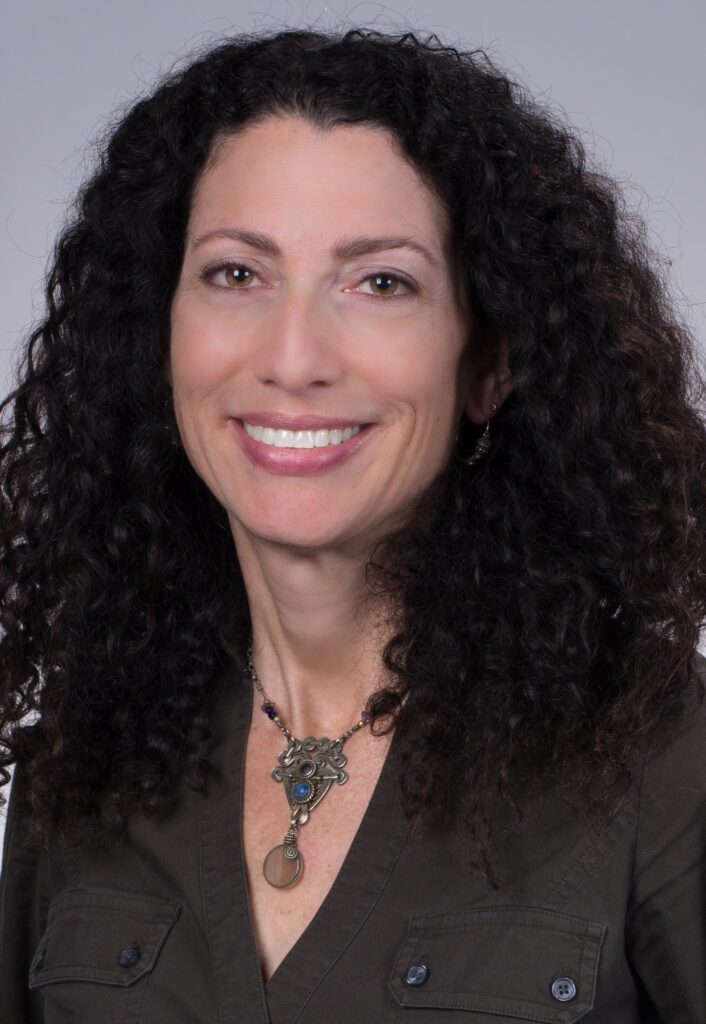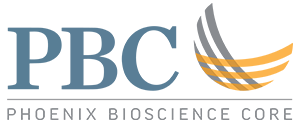
Message in a Bottle
by Mary Lucking and Anne Titelbaum
Description
Teamed with bioarchaeologist Anne Titelbaum and invited to create an art piece that interpreted her research, Mary Lucking created a suite of cloisonné jewelry. The images in the centerpiece of the collection—a large necklace consisting of thirteen medallions—illustrate the stages of Anne’s research: flying to Peru, setting up camp, offerings to the ancestors, documentation and removal of the bones, measurement and recording, and interpretation of data. A ring, brooch, hair ornament, and bracelet reflect other aspects of Anne’s work.

The pieces are displayed as if in a museum 500 years in the future, where visitors are invited to interpret the designs of the pieces, just as present-day archaeologists interpret the objects made by artists 500 years in the past. The artist created the pieces for an audience in the far-future, imagining a millennia-long connection between the people in ancient Peru, people alive now, and the people yet to come.
About the process
by Mary Lucking
As a biological anthropologist, Anne Titelbaum’s mission is to glean hints about how people who lived a long time ago lived. The objects and human remains that she studies have survived for centuries in the dry climate of the deserts and mountains of Peru, and the cultural objects that were buried with the individuals speak to us across centuries through their beauty and visual storytelling, though there was no written language.
The mission of the Artist & Researcher project is to help communicate what the scientists there are doing. I decided to extend the project, and imagine that I was creating a suite of ornamental metalwork pieces that would describe the process and mission of Anne’s work, in such a way that I might be excavated and understood by a future archeologist, centuries from now. To be able to communicate with people as far in the future to us, as we would be to the people who Anne is studying.
One of the prehistoric cultures that Anne has investigated is the Moche, who lived in northern coastal Peru between 100 BC – AD 700. I was delighted to learn that Moche metalsmiths used many of the same metalworking techniques that I use today, though in forms that took far more patience and skill without the benefits of electricity and precision tools. Many of the techniques and forms I used in designing and creating these pieces were inspired by objects found in the tombs of Sipán. My blue speckled cloisonné resembles the stone inlay they used in earpieces. The raised designs on the reverse of the necklace were formed in a hydraulic press, a modern-day equivalent of the method the Moche used of pounding sheet metal over a form. The Moche even developed methods of plating copper and silver with gold, centuries before modern-day electroplating was invented. Their compelling and detailed designs on pottery and murals, which illustrated battle scenes and ceremonies, were the inspiration for the designs in the necklace: they show so much about their culture that we can understand now, without use of words.
I wanted to show not only the practical aspects of Anne’s work (excavations in Peru, gathering and interpreting data), but also the spirit with which Anne approaches her work both as an Anthropologist, and also as a professor, where she teaches Gross Anatomy to medical and allied health students. She used three words to describe her way of approaching research and teaching: Empathy, Compassion, and Curiosity.
Meet the Team
Artist: Mary Lucking

Mary Lucking works primarily as a public artist, creating artworks that help people explore and understand the environments and communities where they live. Her work ranges from large-scale, permanent artworks to temporary interactive installations, and includes art incorporated into walking trails, transit stations, and neighborhood parks.
She also maintains a private studio practice where she can work with media and themes that don’t fit well into the structure of public art: small-scale work inspired by philosophical questions and emotional tensions. Her studio art is based in cloisonné — a meticulous craft where multiple layers of vitreous enamel are melted into finely-wrought wire designs.
Researcher: Anne Titelbaum

Anne Titelbaum is a biological anthropologist specializing in human skeletal anatomy, paleopathology, and bioarchaeology. Her primary area of investigation is Andean South America, with a focus on prehistoric populations from coastal and highland Peru. Her research interests include ancient disease, developmental conditions, traumatic injury, and musculoskeletal stress. She is an Associate Professor at the University of Arizona College of Medicine-Phoenix, where she teaches Clinical Anatomy to medical and allied health students. She has served as Treasurer and Board Member of the Paleopathology Association and is currently an Associate Editor for the International Journal of Paleopathology.
Closer Look:
Necklace 15″ diameter
Copper, silver, vitreous enamel cloisonné
$12,000
Ring
Copper, silver, vitreous enamel cloisonné
$800
Hair ornament
Copper, silver, vitreous enamel cloisonné
$1000
Brooch
Copper, silver, vitreous enamel cloisonné
$1000
Bracelet
Copper, silver, vitreous enamel cloisonné
$1800
